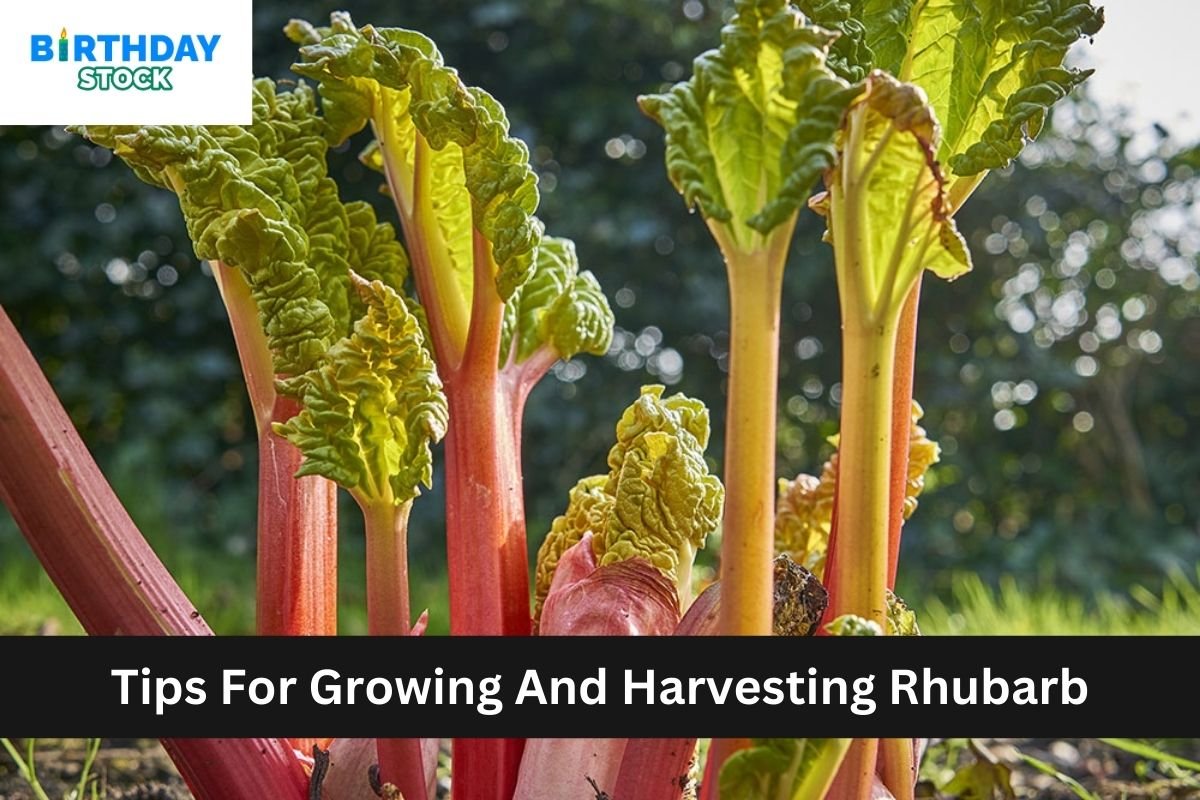8 Best Low-Light Indoor Plants for Your Home: You can still grow healthy houseplants in rooms that don’t get a lot of sunlight as long as you choose the right low-light indoor plants. Most of the time, plants that need less light do best in rooms that are darker and have windows that face north or east.
8 Best Low-Light Indoor Plants for Your Home
But even plants that can handle a lot of shade will have a hard time in a room with no windows or only one north-facing window. In that case, leaving the grow lights on for 12 hours a day will help your plants.
1. Lucky Bamboo
Lucky bamboo plants can be grown in water or soil, and they can be used in both homes and offices. Their stalks are often shaped or braided and have little green leaves all over them.
People who practice feng shui believe that lucky bamboo plants can bring them luck and wealth, especially if they were given to them as gifts. They also have a good reputation for being almost impossible to destroy, which helps.
Lucky bamboo does best in some light, but it can also do well in almost full shade. Just make sure they’re not in a drafty part of your house. Pets should not be around them because they are poisonous.
2. Spider Plant
It’s easy to grow and adaptable, and the spider plant does very well in low light. The plant gets its name from the star-shaped flowers that turn into spider-like green shoots called spiderettes. These spiderettes hang down from the parent plant’s long, thin green leaves like spiders on a web.
Spider plants can be grown in pots or baskets as plants that hang or trail. They can live for a long time in light conditions that aren’t ideal, even in artificial light. To keep the soil from drying out, make sure to water it often.
3. Golden Pothos
The golden pothos can grow well in places where almost no other plants can, like where there is almost no water or light.
It is very popular as a houseplant because the vines look nice, last a long time, and are easy to grow. The heart-shaped leaves are smooth and leathery. Some types have leaves with unique stripes that run along green stems that look like ropes.
Every once in a while, loosen and dust the vines to keep them from getting tangled. Trimming long stems is a good way to keep them at a manageable length and encourage new branches. To keep pets safe, keep the plant away from them.
Also See:
Serissa Bonsai: Japanese Sun Rose Care
4. Snake Plant
The species of Sansevieria are some of the best indoor plants for low light, and they don’t need much care. They look very interesting because their thick, sword-shaped leaves can grow up to eight feet tall.
The snake plant can live for many years and still look good. It grows best in some shade, but it can also handle being in full shade. Don’t water it too much, especially if it’s not in direct sunlight, which dries out the soil.
If you water a plant too much, the roots can rot and die. Keep in mind that pets shouldn’t touch the snake plant.
5. Staghorn Fern
Staghorn ferns naturally grow on other plants instead of in soil. This is called epiphytic. Their bright green leaves can get big and look a lot like deer antlers.
As houseplants, they can grow on wooden boards, which turns them into beautiful works of natural art. In direct sunlight, they can burn. They like places that are shady. After you water them, make sure to let them dry out.
6. English Ivy
English ivy can grow as a ground cover outside, but as an indoor plant that doesn’t get much light, it just has pretty small green leaves that trail off. When you’re inside, put your English ivy somewhere that gets indirect light.
Mist the plant often to keep the humidity level right, and if you can, keep it in a cool room at night (around 60 degrees Fahrenheit is best). English ivy can hurt people and animals, so be careful where you grow it.
7. Cast Iron Plant
Cast iron plants have a good reputation for being hard to kill as houseplants. Still, the plants look nice. Their big, arching, glossy, deep green leaves are very nice.
They can handle being ignored in any way, even if they don’t get enough water or light. But you should really water them when you stick your finger in the ground and feel that it’s dry. Keep them out of direct sunlight, which can burn the leaves. A window that faces north is best.
8. Peace Lily
Peace lilies are popular indoor plants that do well in low light and can also handle being ignored. Their leaves are big and dark green, and every once in a while, they bloom with a single, beautiful white flower.
They do need a lot of water, or the leaves will dry out. Watering, on the other hand, will usually wake up wilted leaves. These plants like to be in the shade, so put them somewhere that gets indirect light. The plant is poisonous, so keep kids and pets away from it.















